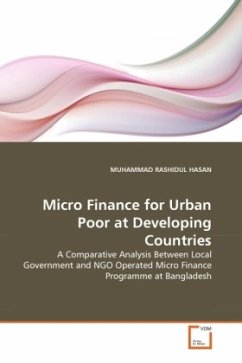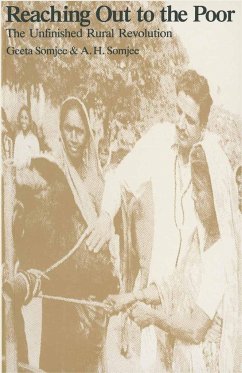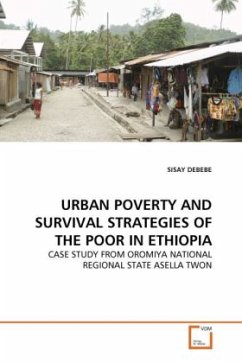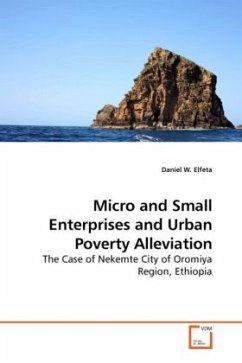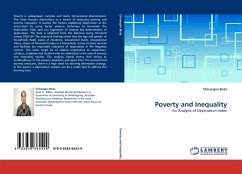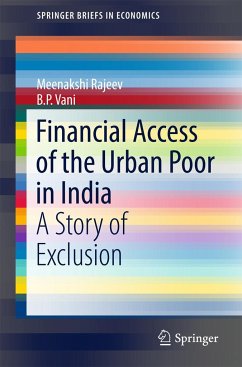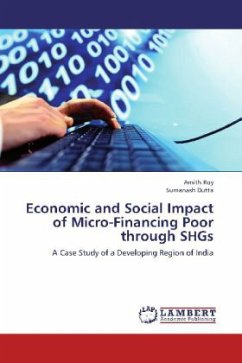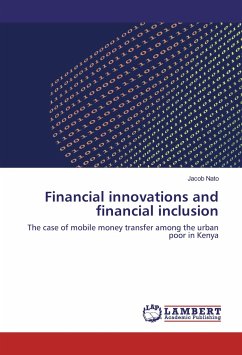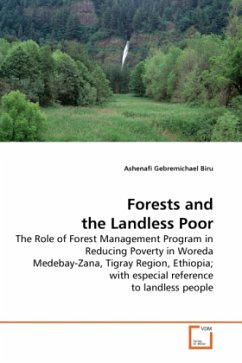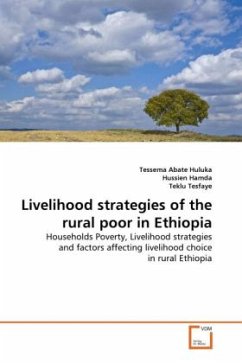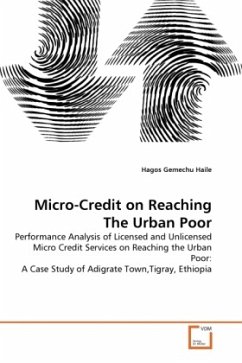
Micro-Credit on Reaching The Urban Poor
Performance Analysis of Licensed and Unlicensed Micro Credit Services on Reaching the Urban Poor: A Case Study of Adigrate Town,Tigray, Ethiopia
Versandkostenfrei!
Versandfertig in 6-10 Tagen
39,99 €
inkl. MwSt.

PAYBACK Punkte
20 °P sammeln!
In Ethiopia, among other things, lack of access to credit is one of the main problems of the urban poor people. The purpose of this research is to undertake the performance analysis of licensed and unlicensed micro credit services on reaching the urban poor. The paper describes some of the basic indicators of depth of out reach. The total sample size of respondents was 320 using systematic random sampling. The data was entered, organized and categorically analyzed using STATA 9.2. It was found out that almost 100% of DECSI (Licensed) micro credit client respondents were dissatisfied due to hig...
In Ethiopia, among other things, lack of access to credit is one of the main problems of the urban poor people. The purpose of this research is to undertake the performance analysis of licensed and unlicensed micro credit services on reaching the urban poor. The paper describes some of the basic indicators of depth of out reach. The total sample size of respondents was 320 using systematic random sampling. The data was entered, organized and categorically analyzed using STATA 9.2. It was found out that almost 100% of DECSI (Licensed) micro credit client respondents were dissatisfied due to high interest rate on loan due to operational.Modalities of DECSI (licensed) that is mainly of unaffordable interest rate on loan, the poorest sector of the urban people is being unreached, which eventually widen up the poverty gap. Whereas, the unlicensed micro credit actors are reaching about 12% of micro credit services trying to fill the gap using pro-poor credit method, which is complementary (auxiliary) role in poverty reduction programs. Key words: Microfinance, Micro credit, Licensed and Un-licensed micro credit service, Depth of out reach and poor.



